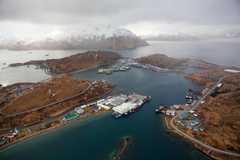Outpost of opportunity / Unalaska
Catch of the day
The remote Alaskan outpost of Unalaska boasts the US’s biggest commercial port, thanks to a hugely profitable fishing season. And don’t forget the oil industry and a hit TV series...
From Anchorage, Alaska, it’s another three hours of flying over white-capped volcanoes, frozen tundra and the Bering Sea before reaching the remote Aleutian island outpost of Unalaska. It’s mid-January – the start of the snow crab, cod and pollock season – and the canneries and fish processing plants are bringing in their seasonal workers. The 30-seater Pen Air turbo-prop planes that fly eight times a day in high season to Unalaska’s Dutch Harbor Airport are packed.
Our plane stops to refuel for the second time in two hours at Cold Bay, an almost deserted town with a single aircraft hangar. The pilot hears that there are 100km/h winds at Unalaska’s airport and decides to unload the luggage so that he can add more fuel just in case all does not go to plan.
Over the next hour, six more flights get stranded in Cold Bay’s hangar. Here, close to 200 people – visiting fishermen and crew from Discovery Channel’s Deadliest Catch show, cannery workers, Japanese businessmen and a basketball team of boys from neighbouring King Cove – wait it out. There is one bathroom, a leftover pot of coffee and the view outside is white in every direction.
The pilot eventually decides it’s too dangerous to “launch to Dutch” and so all the planes fly the two hours back to Anchorage. No one seems surprised to be assigned hotel rooms and rescheduled flight times as they step off the plane. Over the next five days everybody who needs to be in Unalaska gets there, even if their luggage takes longer. Alaska’s ability to solve problems around constantly changing logistics may prove to be a key factor in the region’s future success.
Unalaska is at the tip of the Aleutian island range – 1,280km southwest of Anchorage. From here you can see Russia which owns the last two islands in the Aleutian chain. The Aleutians are closer to Seoul than to New York and the weather is unforgiving. Wind gusts can reach 240km/h, but when spring arrives in mid-June, the volcanoes turn bright green and locals will tell you about the hiking and blueberry picking – an image that seems to have a weirdly sustaining effect on their ability to make it through the winter.
Everyone here also has a near-miss story about landing on the short runway at Dutch Harbor that sits in a wind tunnel between two mountains. “I remember in the days when jets used to land here, people would regularly get off the plane, trembling and crying,” says Unalaska’s mayor Shirley Marquardt.
So why would anyone come here besides the fishermen who sometimes each make $30,000 (€22,000) for a few weeks of fishing? The flight to Unalaska is expensive and a studio apartment can cost $1,200 (€874) a month to rent.
Despite the challenges, or maybe because of them, Unalaska is on its way to becoming a key strategic outpost for the US. Building on the infrastructure of the fishing industry here, the island is finally in a position to take advantage of its logistical expertise.
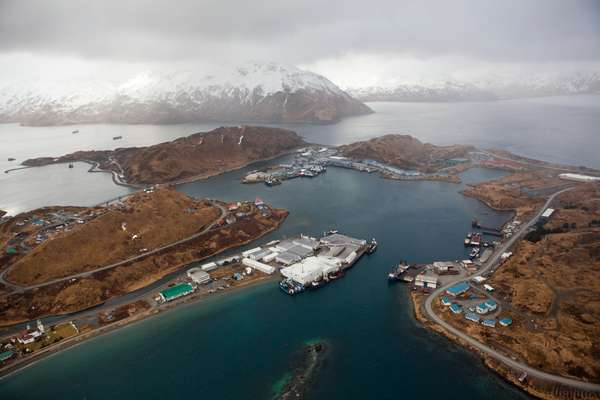
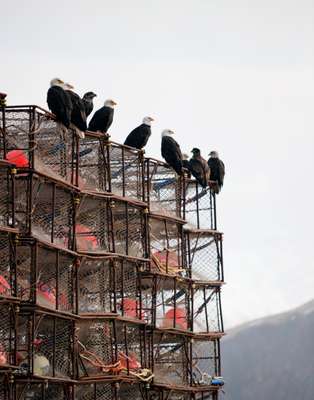
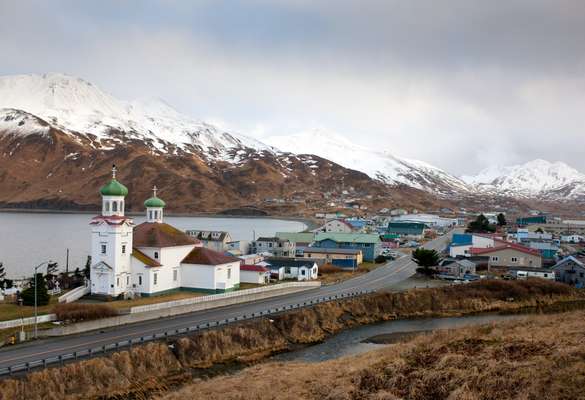
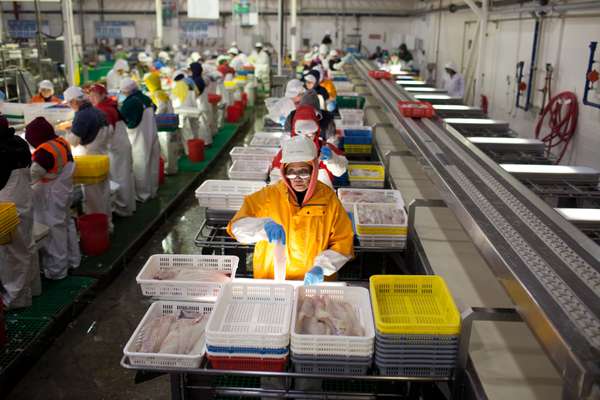
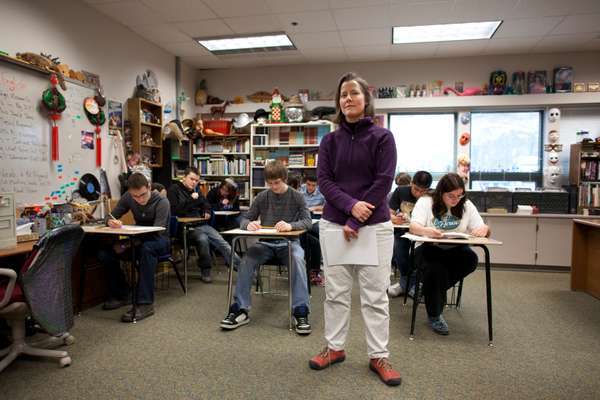
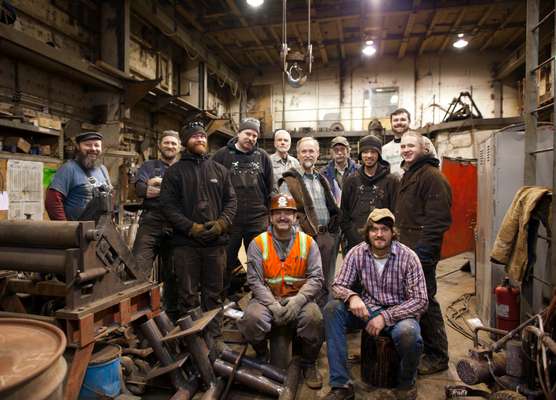
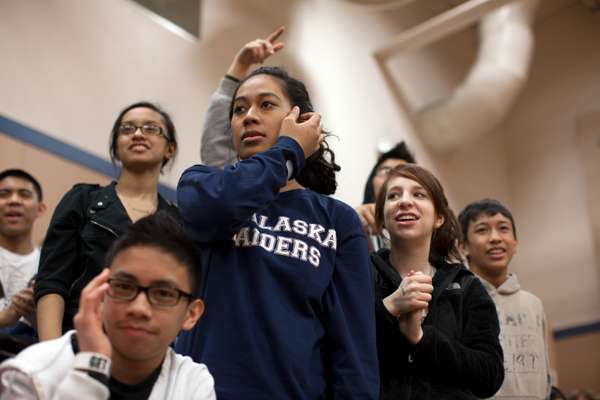

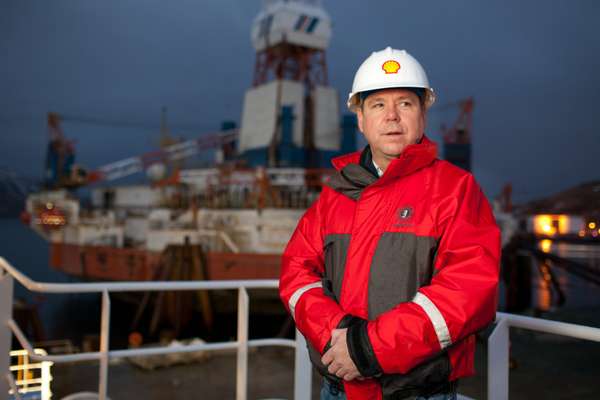

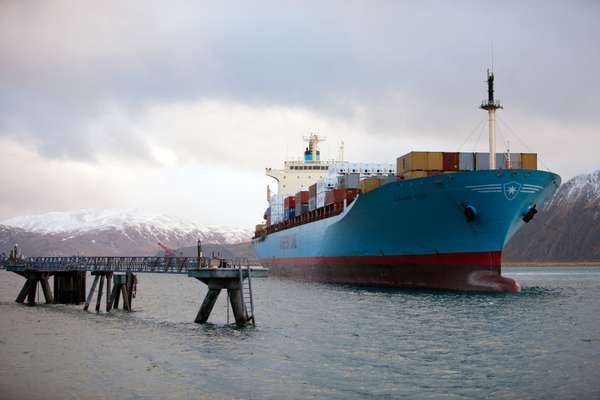
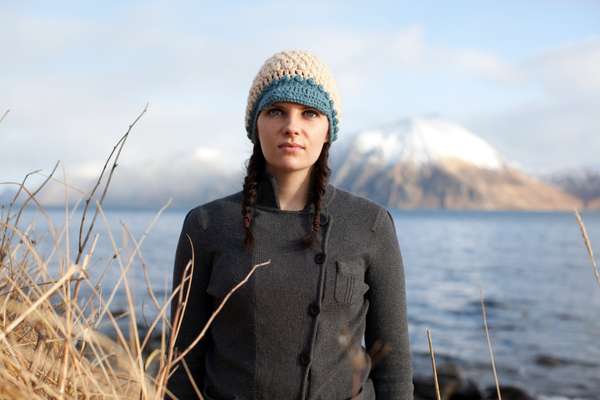

The International Port of Dutch Harbor is the closest ice-free deep-water port to the Arctic and a hub for Pacific Rim cargo shipments. It will become more of a base as the Northwest Passage opens and when the Arctic Link, a submarine fibre-optic cable, is laid from Europe to Asia. That cable will eventually put Unalaska at the nexus of international telecommunications as well.
Shell Oil’s new presence on the island is another catalyst propelling Unalaska forwards. Shell has spent more than $3bn (€2bn) in the region since 2006. The company built a $7m dock to store the world’s only circular oil rig, the Kulluk, and also the Nanuq, a $50m clean-up vessel. John Kaighin, Shell’s marine contract manager, says the boat specialises in oil-spill response and is the only one based in the Arctic. Shell hopes to be drilling in the Arctic by June and, in response to Deepwater fears, Kaighin says: “Here we would be drilling at 150ft compared to 5,000 in the Gulf.” He says Shell chose Unalaska because of the deep-water harbour, its protected port, support services, the airport, infrastructure and willingness to receive the Kulluk. “We’re here because of infrastructure cooperation and location,” he explain. “Plus, not everyone wants a circular rig in their harbour.”
While Mayor Marquardt admits that “oil in the water would be a big problem for us. Our fishing industry would be sunk”, she and others seem placated by the fact that Shell will not be deep-water drilling. John Callahan at the Bureau of Ocean Energy Management Regulation and Enforcement says, “There is no proposed drilling in commercial fishing grounds.”
“Times are changing up here,” says marine salvage expert Dan Magone. “Everyone is looking to the north for business. You have the seas opening and we’re going to feel the effects of hydrocarbons [natural gas and oil]. The US will be drilling in the Chukchi Sea off the northwest coast of Alaska, near Russia, this summer. And the North Sea Route, well, no one knows the rate of ice melt but it may be useable in 10 years.”
Increased marine traffic to the Arctic has already boosted Magone’s salvage business that comes to the aid of distressed boats. “Everyone comes to me with their worst day,” says Magone who works from an office on a rusty barge where the stuffed heads of moose, wild goats and bison – all shot by him and his wife – hang on the wall.
Unalaska is the number one commercial fishing port in the US in terms of tonnage. This means more kilos of fish cross its dock than anywhere else in the country and the area leads the world in sustainable fishing practices for cod and pollock. Of the 4,000 people in Unalaska – the seasonal population swells to almost 10,000 during the 18-week fishing season from January to June – almost 8 per cent are Unangan people, the native people of the Aleutian islands, about 40 per cent are white, 30 per cent Asian and the rest are Mexican, Russian, Samoan, European, Scandinavian and Icelandic.
Some 80 per cent of the seafood landed here is exported to Asia, and Japanese seafood companies – Nippon Suisan Kaisha (UniSea) and Maruha Nichiro (Westward Seafoods and Alyeska) – buy almost 70 per cent of the quota for the Bering Sea pollock and cod fisheries. Dutch-owned Kloosterboer has just built a shiny new $150m (€110) freezing facility from where it transports American Seafoods-branded fish in immaculate bright blue containers.
The second best-known Unalaska export after seafood is the TV show Deadliest Catch. Discovery Channel has been filming here for seven years and in 2009 spent $2.8m in the state and 60 per cent of that in Unalaska. We meet the crew on the Time Bandit crab fishing vessel where producer Sheila McCormack is dressed in snow pants and XtraTuf boots, the rubber footwear of choice among fishermen in Dutch Harbor.
McCormack, who spends the whole season here every year and typically works 15-hour days, says: “The big challenge is getting bags in and out of here and moving shot tapes off the island to LA. The island’s dial-up internet speed is a problem; we can’t download anything. There is no FedEx and movement of gear is a real problem. But bring it on. Give me a big enough challenge and I’ll get it done.”
Unalaska’s challenges definitely attract an independent, creative person. Mayor Marquardt, who came to Unalaska in 1980, meets us at Amelia’s Café where the owner Eldie brings her a Mexican coffee. Her mother was a navy nurse and her dad flew search and rescue in Alaska for years. Marquardt is enthusiastic about Unalaska, its basketball team, its fish, its school system and the possibilities for the region. “We have a stable economy, zero unemployment and a healthy community. What we do for fishing fleets, we can do for anyone,” she says. “We’re ready. We can supply logistics and expediting and have the capacity to get gear here. Shell has set up complete operations in Unalaska. This is going to be its Arctic headquarters.”
Marquardt regularly travels to Juneau, Alaska’s capital city, where she sits on nine advisory boards and panels including the Marine Advisory Board, Alaska governor Sean Parnell’s transition team and the Fish and Wildlife Service. She is the Alaskan female politician who “could” and has little patience for quitters. “Sarah Palin is a delightful woman,” she adds. “But during her first year as governor, government was a great black hole. No one ever returned your calls. People were willing to give her time to grow into the position, but she let us down. She copped out when it got tough. She needed to put on her big girl pants and get over it. I don’t dislike her, but would I support her as president? No.”
In her 14 years as mayor Marquardt has lobbied successfully for a $7m (€5m) city power plant and a new small-boat harbour. She is also hoping to raise hundreds of millions to assess whether the nearby Makushin volcano can provide the island with geothermal energy. She is on the radar of the Republican party; they have already approached her to run for a regional seat.
But no development – on or around the volcano – can happen on the island without the blessing of Ounalashka Corporation, the native village corporation of Unalaska formed as part of the Alaska Native Claims Settlement Act in the 1970s. The Ounalashka Corporation owns much of the land and housing on the island, which gives it significant control of the economy and any future development.
Ounalashka CEO Wendy Svarny-Hawthorne has been approached by several mines interested in making Unalaska their logistical base. “Alaska does not have a lot of protected deep-water ports,” she says. “We’re it. But what logistics centre is going to be able to work on a dial-up internet?”
Luckily, the IT challenge is soon to be solved. The Kodiak Kenai Cable Company will reportedly lay fibre-optic cable by 2012 (as part of the Arctic Cable project) so that Unalaska and the surrounding islands will finally have proper internet.
While Unalaska city awaits for Shell to start drilling (environmentalists and Native Americans have complained that regulators have not considered the impact of air pollutants from drilling on nearby communities) and its hi-tech connections to kick in, there is still a sense of timeless calm here. But as Ounalashka’s Svarny-Hawthorne, a descendent of one of the original Unangan families on the island, acknowledges: “Everything is about to change.”
Where eagles dare
There are so many bald eagles on Unalaska that every Christmas, the National Audubon Society enlists the local community to count the birds. A recent count found more than 800 on the island.
Local children are terrified of eagles because they dive-bomb them in the schoolyard. One teacher was attacked twice in one day and needed stitches to her head. Students are taught to wave a stick over their head or hit the ground if an eagle hovers.
Last summer US Fish & Wildlife Service biologists visited to see if anything could be done to prevent the attacks. But as eagles are protected under the federal Migratory Bird Treaty Act and the Bald & Golden Eagle Protection Act, no one can distrurb them without a permit, even in self-defence.
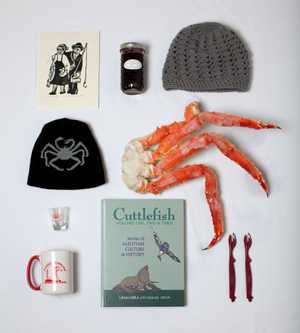
Made in Unalaska
1.
Block print of fishing couple by local artist Carolyn Reed
2.
Homemade blueberry jam
3.
Handknitted hat from Sabrina Wilt
4.
Amelia’s Café coffee mug
5.
Red king crab at Grand Aleutian Hotel
6.
Dutch Harbor shot glass from Alaska Ship Supply
7.
Cuttlefish book from Museum of the Aleutians
8.
Crab forks from Grand Aleutian Hotel
9.
Dutch Harbor woollen hat

